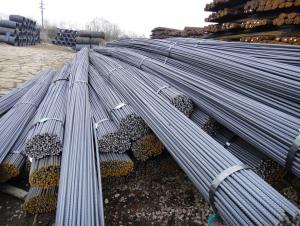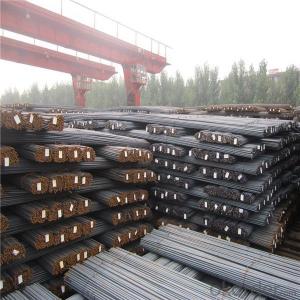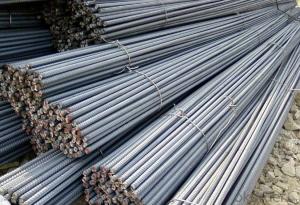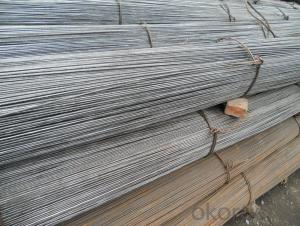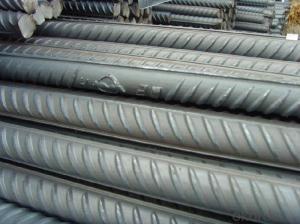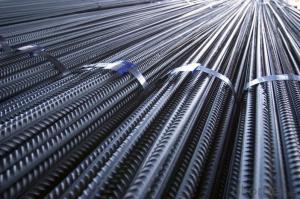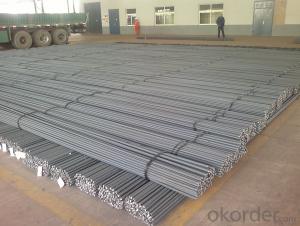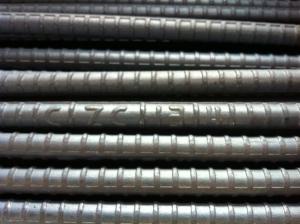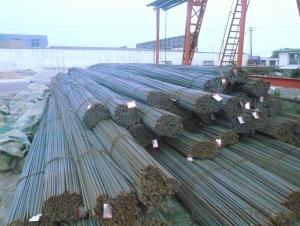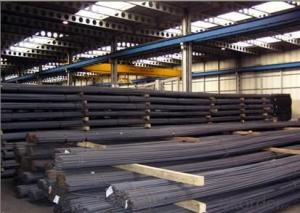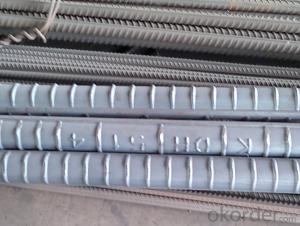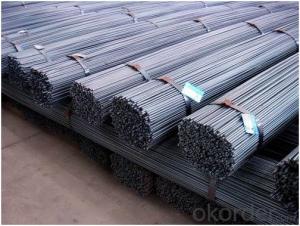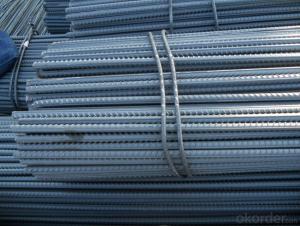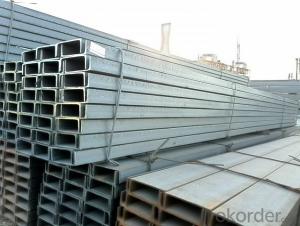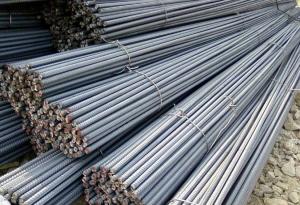All Categories
- - Steel Wire Rod
- - Steel Coils
- - Steel Profiles
- - Steel Pipes
- - Stainless Steel
- - Tinplate
- - Special Steel
- - Steel Sheets
- - Steel Rebars
- - Steel Strips
- - Hot Rolled Steel
- - Cold Rolled Steel
- - Pre-painted Steel
- - Seamless Steel Pipe
- - Welded Steel Pipe
- - Hollow Steel Tubes
- - Galvanized Pipe
- - Stainless Steel Coil
- - Stainless Steel Sheet
- - Stainless Steel Plate
- - Stainless Steel Strips
- - Electrolytic Tinplate Coil
- - Electrolytic Tinplate Sheet
- - Stainless Steel Rebars
- - Solar Panels
- - Solar Water Heater
- - Solar Related Products
- - Solar Inverter
- - Solar Cells
- - Solar Light
- - Solar Energy Systems
- - Solar Controllers
- - Solar Mounting System
- - Solar Pump
- - Solar Chargers
- - Fiberglass Chopped Strand
- - Fiberglass Mesh Cloth
- - Composite Pipes
- - FRP Pultrusion Profiles
- - Fiberglass Mat Tissue
- - Fiberglass Fabrics
- - Fiberglass Mesh
- - Composite Tank
- - Fiberglass Mesh tape
- - Polymer
- - FRP Roofing Panel
- - Fiberglass Roving
- - Monolithic Refractories
- - Ceramic Fiber Products
- - Refractory Bricks
- - Raw Materials For Refractory
- - Suspended Platform
- - Cranes
- - Concrete Machinery
- - Earthmoving Machinery
- - Building Hoist
- - Road Building Machinery
- - Plastic Pipe Fittings
- - Plastic Tubes
- - Plastic Sheets
- - Agricultural Plastic Products
- - Plastic Nets
 All Categories
All Categories
Q & A
How do steel rebars contribute to the construction of recreational facilities and parks?
Steel rebars contribute to the construction of recreational facilities and parks by reinforcing concrete structures and ensuring their durability and strength. They provide stability to structures like bridges, walkways, and seating areas, making them safe for public use. The use of steel rebars also allows for the creation of complex and innovative designs, enhancing the aesthetic appeal of recreational spaces. Additionally, steel rebars help in withstanding natural forces like earthquakes and extreme weather conditions, making these facilities safer and more resilient.
How are steel rebars made?
Steel rebars are typically made through a process called hot rolling, where steel billets are heated and then passed through a series of rolling mills to gradually shape them into the desired rebar size and dimensions. This process involves intense pressure and high temperatures to ensure the steel is properly formed and strengthened, resulting in the durable and resilient rebars used in construction projects.
What is the impact of improper lap length on the structural integrity of concrete beams with steel rebars?
The improper lap length in concrete beams with steel rebars can significantly compromise the structural integrity of the beams. Lap length refers to the overlapping region between adjacent rebars, which is crucial for ensuring the transfer of load and preventing the formation of cracks or failure in the structure. When the lap length is insufficient or not properly executed, it can lead to reduced bond strength between the rebars and the concrete, resulting in inadequate load transfer and potential structural failure. The lack of proper lap length can also increase the risk of corrosion in the rebars, further weakening the structure over time. Therefore, it is essential to adhere to the specified lap length guidelines to maintain the structural integrity and durability of concrete beams with steel rebars.
How do you determine the size and spacing of steel rebars in a concrete structure?
The size and spacing of steel rebars in a concrete structure are determined based on several factors such as the load requirements, structural design, and building codes. Structural engineers analyze the anticipated loads and stresses on the structure and calculate the necessary reinforcement to ensure structural integrity. They consider factors like the type of structure, its dimensions, and the strength of the concrete. Building codes and standards provide guidelines for minimum reinforcement requirements, which engineers use as a basis for determining the appropriate size and spacing of rebars.
Wholesale Steel Rebars from supplier in Thailand
We are a Steel Rebars supplier serving the Thailand, mainly engaged in the sale, quotation, and technical support services of various Steel Rebars products in the Thailand region. We are a subsidiary platform of the Fortune Global 500 company CNBM, able to provide you with one-stop Steel Rebars procurement services in the Thailand. Not only do we have a wide range of Steel Rebars products, but after years of market development in the Thailand, we can also provide valuable experience for your projects.


